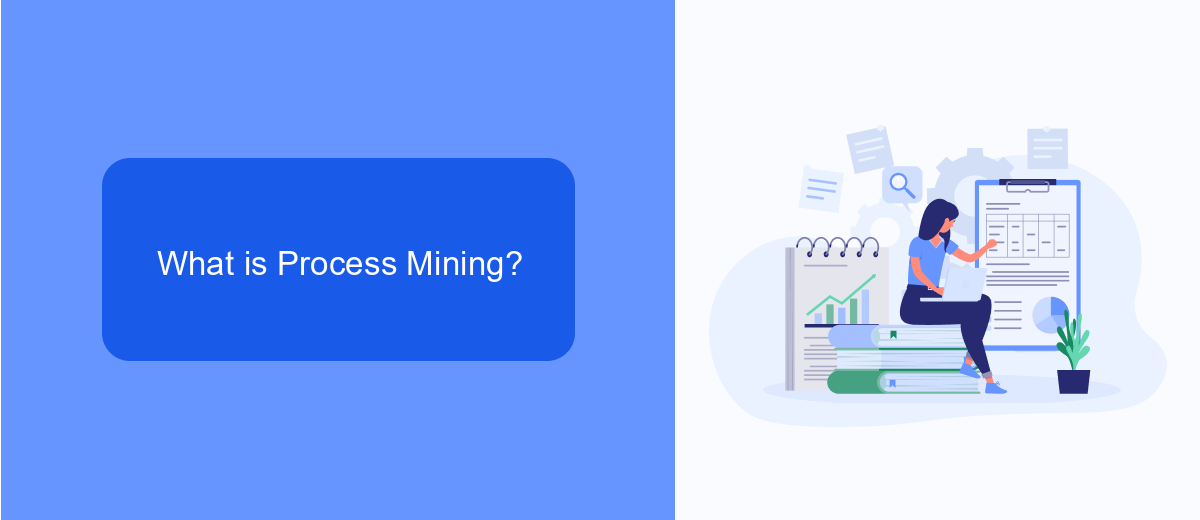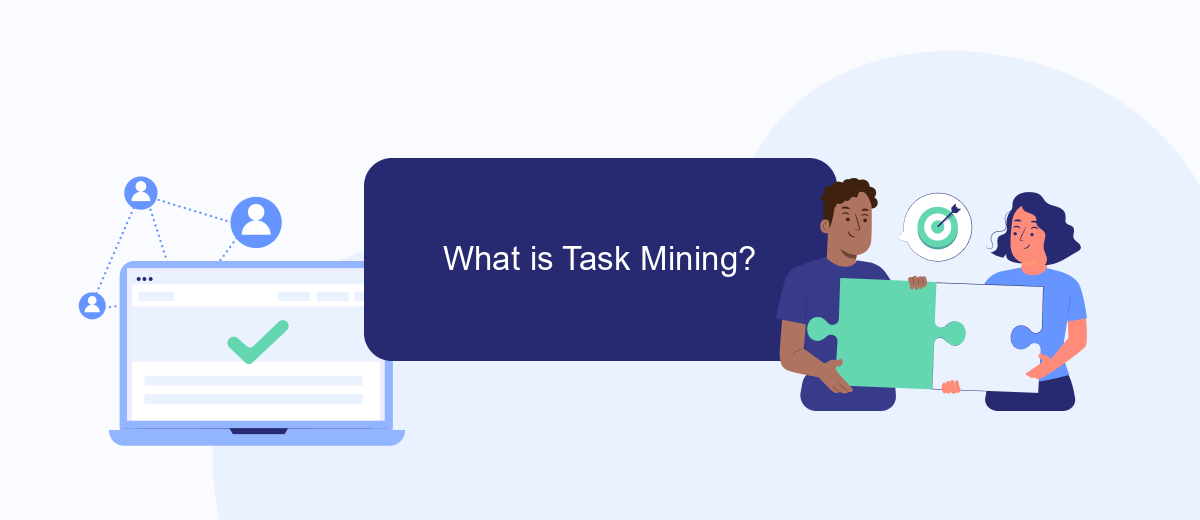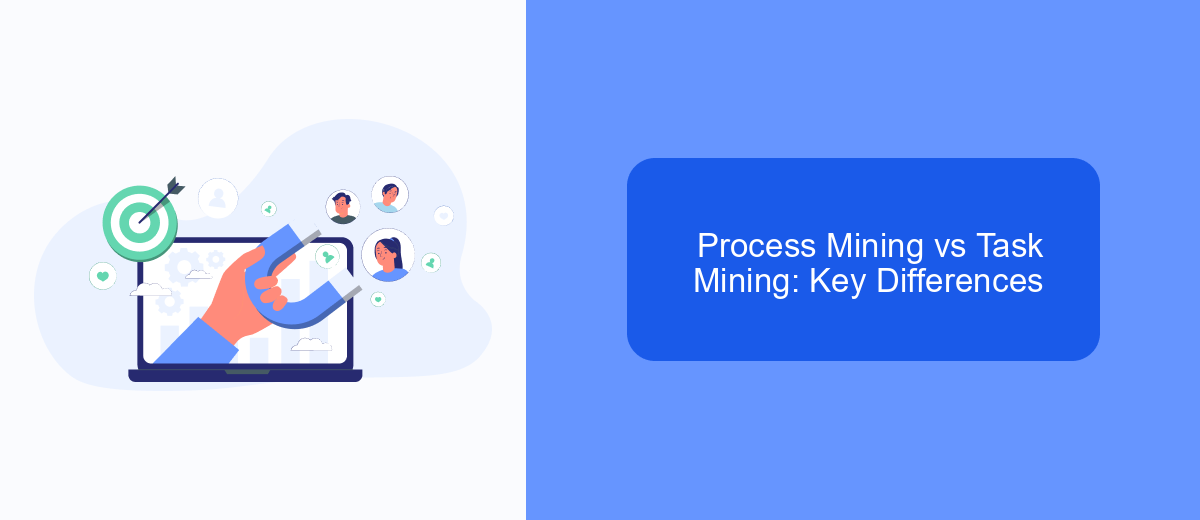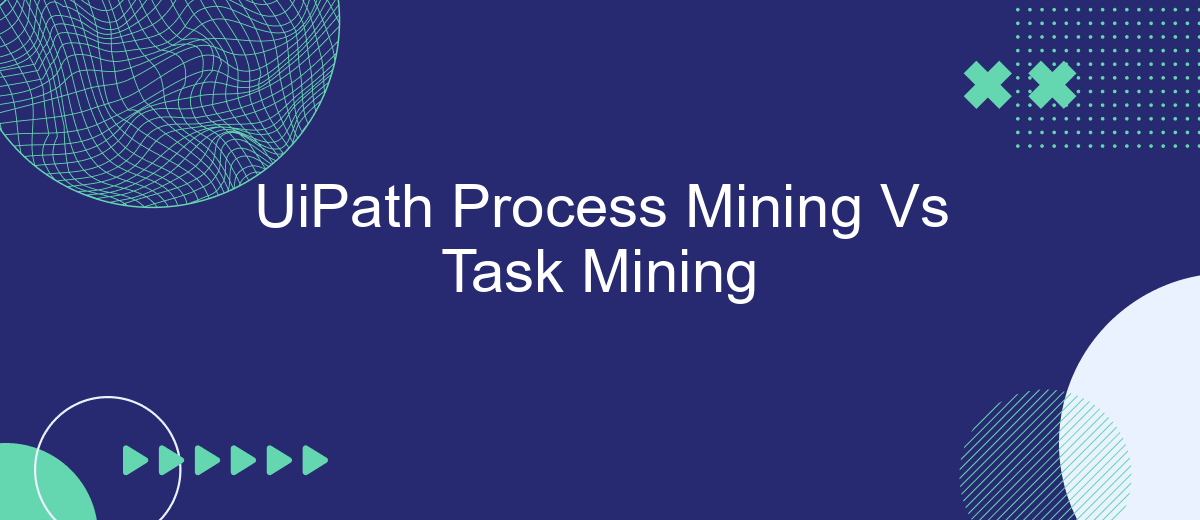In the rapidly evolving world of automation, understanding the nuances between UiPath Process Mining and Task Mining is crucial for businesses aiming to optimize their workflows. This article delves into the key differences and benefits of each, helping organizations make informed decisions to enhance efficiency and drive innovation in their operations. Discover how these tools can transform your business processes.
Introduction
UiPath Process Mining and Task Mining are two powerful technologies that are transforming the way businesses analyze and optimize their processes. While both aim to enhance operational efficiency, they do so in distinct ways, providing unique insights into different aspects of business operations.
- Process Mining: Focuses on analyzing end-to-end processes to identify bottlenecks and inefficiencies.
- Task Mining: Concentrates on capturing and analyzing individual tasks performed by users to optimize workflows and improve productivity.
Understanding the differences and synergies between Process Mining and Task Mining is crucial for businesses aiming to leverage automation and data-driven decision-making. Integrating these technologies can be further streamlined using services like SaveMyLeads, which facilitate seamless data integration and automation, enabling organizations to harness the full potential of their process and task mining initiatives.
What is Process Mining?

Process Mining is a data-driven approach that helps organizations analyze and improve their business processes. By extracting event logs from IT systems, Process Mining tools visualize the actual processes as they occur in real-time. This allows companies to identify inefficiencies, bottlenecks, and deviations from the intended process flow. The primary goal is to enhance operational efficiency, reduce costs, and improve customer satisfaction by providing a clear, data-backed understanding of how processes function.
One of the key advantages of Process Mining is its ability to integrate with various data sources seamlessly. For instance, services like SaveMyLeads can facilitate the integration of different systems, ensuring that all relevant data is captured and analyzed effectively. By leveraging such integration tools, organizations can gain a holistic view of their processes, enabling more informed decision-making and continuous process optimization. This comprehensive insight is crucial for driving business transformation and achieving strategic objectives.
What is Task Mining?

Task Mining is a technology that focuses on capturing and analyzing the detailed steps employees take to complete tasks on their computers. It provides insights into how work is actually done, identifying inefficiencies and opportunities for automation. By understanding the granular level of task execution, organizations can optimize workflows and improve productivity.
- Data Collection: Task Mining tools record user interactions with applications, such as clicks, keystrokes, and navigation paths.
- Analysis: The collected data is analyzed to identify patterns, bottlenecks, and repetitive tasks that can be automated.
- Optimization: Insights from Task Mining help in redesigning processes, implementing automation, and improving overall efficiency.
Task Mining complements Process Mining by providing a more detailed view of individual tasks within a broader process. For seamless integration of Task Mining data with other systems, services like SaveMyLeads can be utilized. SaveMyLeads automates the integration of various applications, ensuring that insights from Task Mining are effectively leveraged across the organization.
Process Mining vs Task Mining: Key Differences

Process Mining and Task Mining are two distinct approaches used to analyze and optimize business processes. While both aim to improve efficiency, they focus on different aspects of the workflow. Process Mining primarily deals with the analysis of end-to-end processes by extracting data from event logs, providing a macro-level view of the entire process.
On the other hand, Task Mining focuses on the micro-level activities performed by individual users. It captures detailed data on user interactions with applications, offering insights into specific tasks and identifying potential bottlenecks at a granular level.
- Scope: Process Mining analyzes complete processes; Task Mining examines individual tasks.
- Data Sources: Process Mining uses event logs; Task Mining relies on user interaction data.
- Output: Process Mining provides a high-level view; Task Mining offers detailed task-level insights.
- Use Cases: Process Mining is ideal for end-to-end process optimization; Task Mining is best for task-level improvements.
For businesses looking to integrate these insights with other systems, services like SaveMyLeads can be invaluable. SaveMyLeads helps automate data transfer and integration, ensuring that insights from both Process and Task Mining are effectively utilized across various platforms.
Conclusion
In conclusion, both UiPath Process Mining and Task Mining offer valuable insights into business operations, but they serve different purposes. Process Mining provides a macro-level view of business processes, enabling organizations to identify inefficiencies and optimize workflows. On the other hand, Task Mining focuses on the micro-level, capturing detailed user interactions to uncover opportunities for automation and process improvement.
Choosing between the two depends on the specific needs of the organization. For those looking to enhance overall process efficiency, Process Mining is the ideal choice. However, for businesses aiming to streamline individual tasks and improve employee productivity, Task Mining is more suitable. Integrating these insights with automation tools and services like SaveMyLeads can further enhance operational efficiency by automating routine tasks and ensuring seamless data flow between systems. Therefore, leveraging both Process and Task Mining in conjunction with integration services can lead to a comprehensive approach to business optimization.


FAQ
What is the main difference between UiPath Process Mining and Task Mining?
How can UiPath Process Mining benefit my organization?
Can UiPath Task Mining integrate with other tools and platforms?
What kind of data does UiPath Task Mining collect?
How can I get started with implementing UiPath Process Mining or Task Mining in my organization?
Are you using Facebook Lead Ads? Then you will surely appreciate our service. The SaveMyLeads online connector is a simple and affordable tool that anyone can use to set up integrations for Facebook. Please note that you do not need to code or learn special technologies. Just register on our website and create the necessary integration through the web interface. Connect your advertising account with various services and applications. Integrations are configured in just 5-10 minutes, and in the long run they will save you an impressive amount of time.
